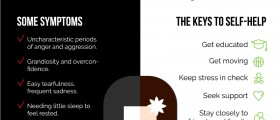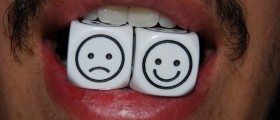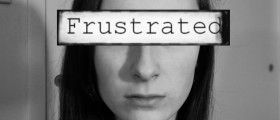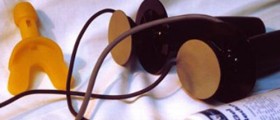
Bipolar II disorder is a term first used some 30 years ago. It was reserved for individuals showing symptoms such as episodes of depression and hypomania. These symptoms were different than those of classic bipolarity, Bipolar I.
The diagnosis process, even though the condition was included in both the DSM and ICD classifications, seems underused. There are arguments that this is caused by difficulties in defining a sub-threshold expression of mania. Further suggestions are made that possible reasons for this are linked to personal distress that individuals suffering from this ailment experience. This would make the symptoms hard to identify as relevant to the diagnostic process. Chances are that many of them would be easy to miss.
Should there be a failure in recognition of bipolar II, there would still be insufficient grounds to think that it is responsible for patient\'s instability. In fact, bipolar II disorder is found to be diagnostically stable. Although the reliability of the diagnostics have endured some controversy, new evidence point out increasing precision when the diagnostician is adequately trained.
Symptoms of bipolar II may well be different from bipolar I in that the manifestations of mania differ. However, the frequency of manic expressions can be a more reliable predictor than its characteristics. This theory is supported by incoming data, which also reassure another thesis. This thesis suggests that the outcomes of the two disorders may not vary greatly even if the level of mania is the main difference between them.
One of the main differences between bipolar I and II is the risk of suicide. This risk is significantly higher in bipolar II. The results of studies conducted on this matter, however, appear to be inconsistent. This is mainly contributed to the fact the target population was very heterogeneous in terms of treatment approach.
Responsiveness to treatment is also one of the main clinical issues when it comes to ascertaining a difference between bipolar I and II. There is a small amount of studies addressing this issue. One of them showed that patients are equally prone to responding to prophylactic lithium or carbamazepine during a follow-up period of 2,5 years. Still, considering how small the target groups were (28 for lithium and 29 for carbamazepine), these findings are insufficiently reliable.
The impact of antidepressant remedies is still a point of debate. Overall, one could say that there have been only a few studies baring concrete, substantial weight. There is an apparent need to conduct many more.

















Your thoughts on this
Loading...